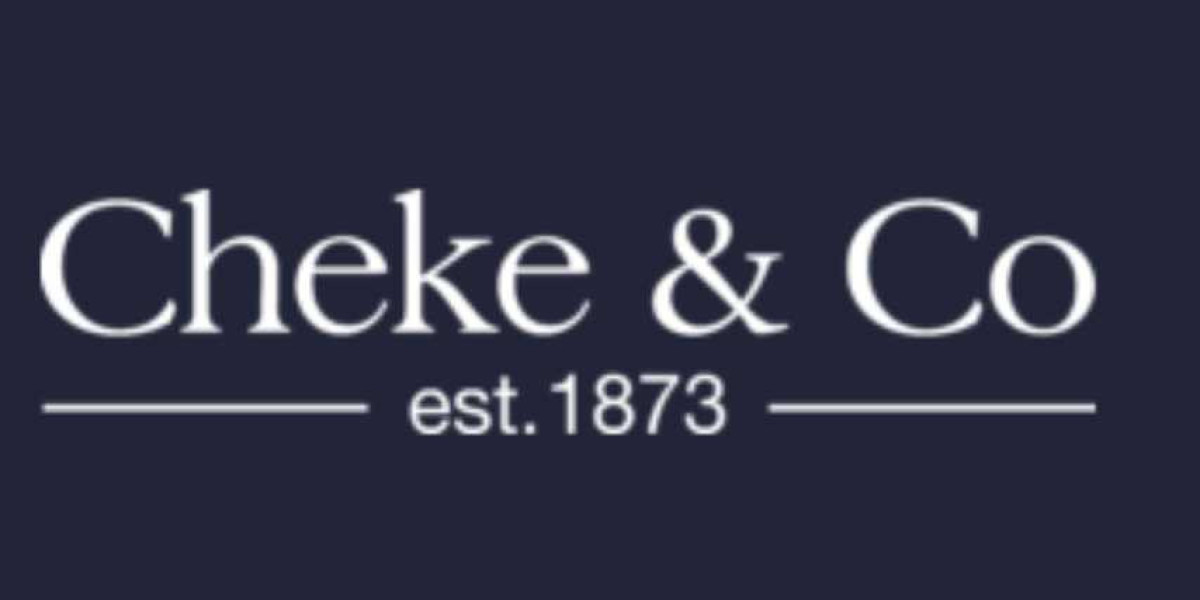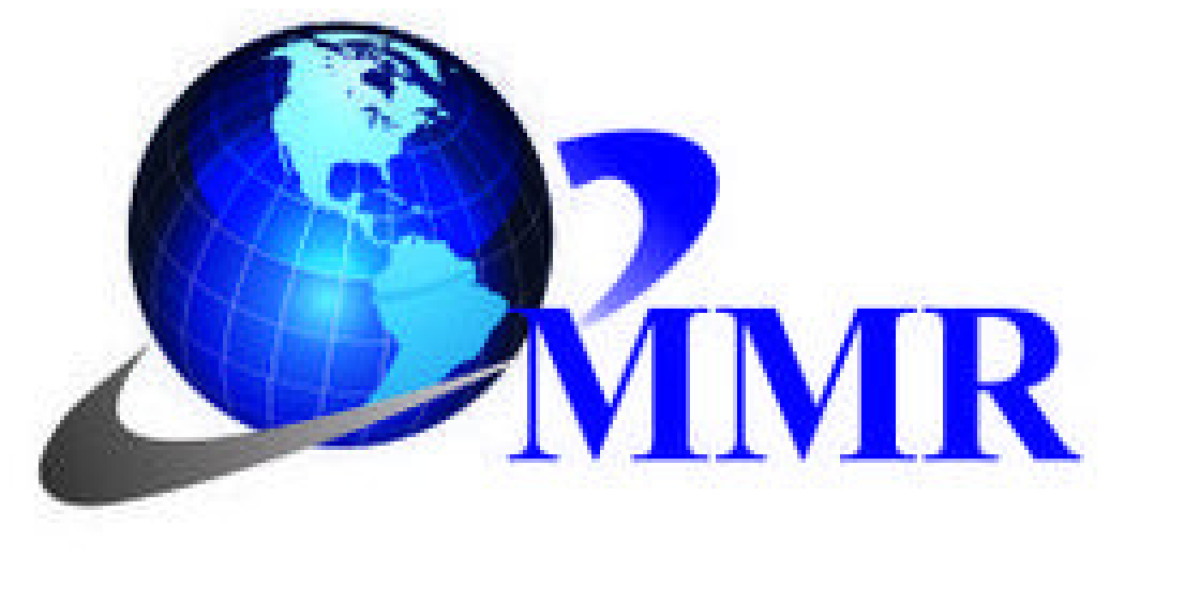Building defects can significantly impact a property's value, safety, and functionality. When issues arise, engaging a chartered surveyor is crucial for a thorough and accurate evaluation. Chartered surveyors, particularly those with expertise as chartered building surveyors, are trained to identify, assess, and report on building defects with precision. This article explores how chartered surveyors evaluate building defects, highlighting the process and benefits of their expertise with insights from Chekes.
Building defects are problems or deficiencies that affect a property's performance or appearance. They can range from minor cosmetic issues to major structural problems. Evaluating these defects requires a detailed and systematic approach, which is where chartered surveyors play a vital role. This article delves into the techniques and methodologies employed by chartered surveyors to assess building defects. It provides an overview of how their expertise can help property owners and buyers make informed decisions.
Understanding Building Defects
Before delving into evaluation methods, it's essential to understand what constitutes a building defect. Defects can be categorized into several types:
- Structural Defects: Issues affecting the building's structural integrity, such as foundation problems or load-bearing wall failures.
- Fabric Defects: Problems with the building materials or construction methods, like cracks in walls or roof leaks.
- Service Defects: Issues related to plumbing, electrical systems, or HVAC units.
- Environmental Defects: Problems caused by environmental factors, such as dampness or mould growth.
Initial Inspection and Assessment
The evaluation process begins with an initial inspection conducted by a chartered surveyor. This inspection involves:
- Visual Examination: The surveyor performs a thorough visual inspection of the property to identify any apparent defects. This includes checking for cracks, leaks, dampness, and other visible issues.
- Documentation Review: The surveyor reviews any existing documentation related to the property, such as previous survey reports, maintenance records, and building plans.
During this phase, chartered surveyors use their expertise to determine the severity of the defects and their potential impact on the property.
Detailed Survey and Investigation
Following the initial inspection, chartered surveyors conduct a more detailed survey, which may involve:
- Specialist Tools and Equipment: Chartered surveyors use various tools and equipment to assess defects more accurately. This may include moisture meters, thermal imaging cameras, and borescopes for inspecting hidden areas.
- Invasive Techniques: In some cases, invasive techniques are necessary to uncover underlying issues. This might involve removing sections of walls or floors to examine internal conditions.
For example, suppose a chartered building surveyor detects potential moisture problems. In that case, they may use a thermal imaging camera to identify hidden damp areas or a moisture meter to quantify the extent of the dampness.
Diagnosing the Causes of Defects
One of the critical roles of a chartered surveyor is diagnosing the root causes of building defects. This involves:
- Analyzing Patterns: The surveyor examines the patterns of defects to identify possible causes. For instance, recurring cracks in walls might indicate foundation movement or settlement issues.
- Assessing Construction Methods: The surveyor evaluates the construction methods and materials used to determine if they contributed to the defects. Poor artistry or substandard materials can often be the underlying cause.
Understanding the cause of a defect is crucial for recommending appropriate remedial actions and preventing future issues.
Reporting Findings
Once the defects have been evaluated and their causes identified, the chartered surveyor prepares a detailed report. This report typically includes:
- Description of Defects: A comprehensive description of the identified defects, including their location and severity.
- Cause Analysis: An explanation of the likely causes of the defects.
- Recommended Actions: Suggested remedial measures to address the defects, which may include repairs, replacements, or further investigations.
The report provides a clear and detailed overview of the property's condition, helping property owners and buyers make informed decisions.
Cost Estimation and Remediation Planning
In addition to identifying and reporting defects, chartered surveyors often provide cost estimates for the recommended remedial actions. This involves:
- Cost Analysis: Estimating the costs associated with repairing or addressing the defects, including labour, materials, and potential additional costs.
- Remediation Planning: Develop a remediation plan that outlines the steps required to fix the defects and the associated costs.
Chartered surveyors from Chekes, for instance, are adept at providing detailed cost estimates and remediation plans that align with the client's budget and requirements.
Liaising with Contractors
Once the defects and their remediation have been identified, chartered surveyors may also liaise with contractors to ensure the recommended actions are carried out effectively. This involves:
- Contractor Selection: Recommending reputable contractors or builders who can perform the necessary repairs.
- Project Management: Overseeing the repair process to ensure that the work is completed to a high standard and within the agreed budget.
Preventive Measures and Maintenance Advice
Chartered surveyors not only address current defects but also provide advice on preventive measures and ongoing maintenance to avoid future issues. This includes:
- Maintenance Recommendations: Guiding regular maintenance practices to keep the property in good condition.
- Monitoring: Advising on monitoring techniques to detect early signs of potential defects.
Legal and Insurance Considerations
In some cases, building defects may have legal or insurance implications. Chartered surveyors assist in:
- Legal Advice: Offering advice on legal rights and obligations related to building defects, including potential claims for repairs or damages.
- Insurance Claims: Assisting with insurance claims by providing detailed reports and evidence of defects.
Benefits of Engaging a Chartered Surveyor
Engaging a chartered surveyor for building defect evaluations offers several benefits:
- Expertise: Chartered surveyors have specialized knowledge and skills in identifying and assessing building defects.
- Accuracy: Their detailed reports and accurate assessments help property owners and buyers make informed decisions.
- Cost-Effectiveness: Early detection of defects and proper remediation planning can prevent costly repairs in the future.
Conclusion
Evaluating building defects requires a meticulous and informed approach, and chartered surveyors are essential in this process. With their expertise, mainly as chartered building surveyors, they provide accurate assessments, detailed reports, and practical solutions for addressing and managing building defects. For those seeking professional assistance, Chekes offers comprehensive surveying services to ensure that property defects are thoroughly evaluated and appropriately addressed.



